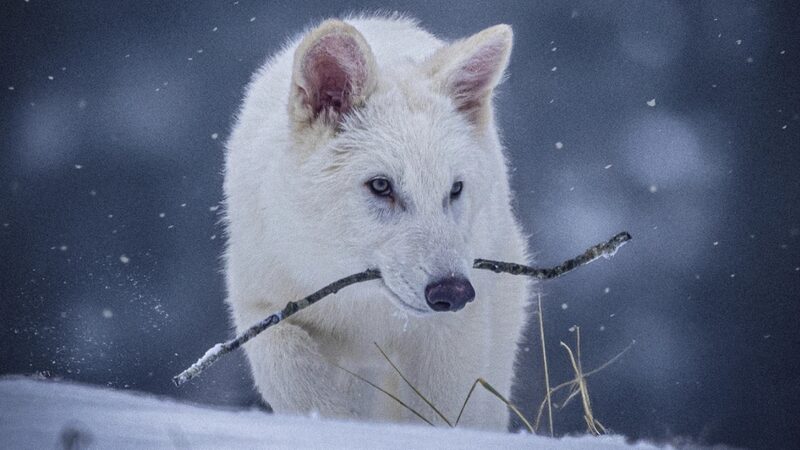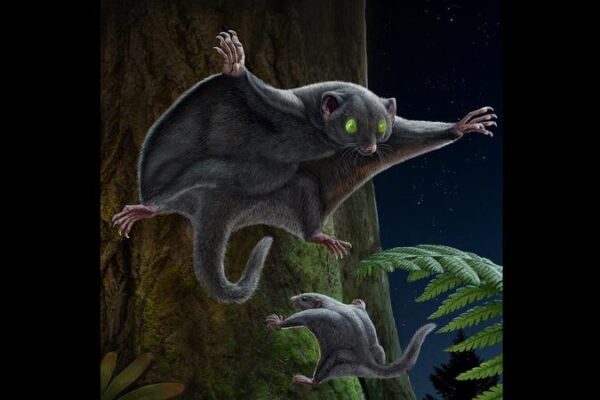At a secure location in the United States, three genetically engineered wolf pups are making history. These pups, ranging from three to six months old, are the result of a groundbreaking project aiming to bring back traits of the extinct dire wolf.
The pups already weigh around 80 pounds (about 36 kilograms) and are expected to reach 140 pounds when fully grown. With their long white fur and powerful jaws, they bear a striking resemblance to dire wolves, a species that disappeared over 10,000 years ago.
Dire wolves were much larger than today’s gray wolves, their closest living relatives. While this achievement is remarkable, independent scientists caution that it doesn’t mean dire wolves are returning to the wild anytime soon.
“All you can do now is make something look superficially like something else,” said Vincent Lynch, a biologist at the University at Buffalo who was not involved in the research. “We can’t fully revive extinct species.”
Researchers at Colossal Biosciences studied ancient DNA from dire wolf fossils, including a 13,000-year-old tooth from Ohio and a 72,000-year-old skull fragment from Idaho. By examining these specimens, they identified specific genetic traits that defined the dire wolf.
Using CRISPR gene-editing technology, the scientists modified blood cells from a living gray wolf at 20 different genetic sites. “We transferred the edited genetic material into egg cells from domestic dogs,” explained Beth Shapiro, Colossal’s chief scientist. “After implanting the embryos into surrogate dogs, the genetically engineered pups were born 62 days later.”
Colossal Biosciences has previously announced projects to create animals resembling extinct woolly mammoths and dodos. Their work raises important questions about the possibilities and limitations of de-extinction.
While the pups may look like dire wolves, they won’t learn the behaviors of their ancient counterparts. “They probably won’t know how to hunt large prey like elk or deer because they won’t learn from wild dire wolf parents,” said Matt James, Colossal’s chief animal care expert.
Colossal also announced the cloning of four red wolves using blood from wild individuals of the critically endangered red wolf population in the southeastern U.S. This effort aims to increase genetic diversity in the small captive population used for conservation breeding.
“This technology could have broader applications for conserving other species,” said Christopher Preston, a wildlife expert at the University of Montana who was not involved in the research. “However, it still requires sedating wild animals for blood samples, which is challenging.”
Government officials have taken an interest in these developments. Interior Secretary Doug Burgum praised the work as a “thrilling new era of scientific wonder.” Nevertheless, scientists like Vincent Lynch remind us of the limitations. “Whatever ecological function the dire wolf performed before it went extinct, it can’t perform those functions in today’s environment.”
The advancements in genetic engineering open new doors for science and conservation. While fully bringing back extinct species remains out of reach, projects like this spark discussions about the future of wildlife and the role of technology in preserving biodiversity.
Reference(s):
cgtn.com








